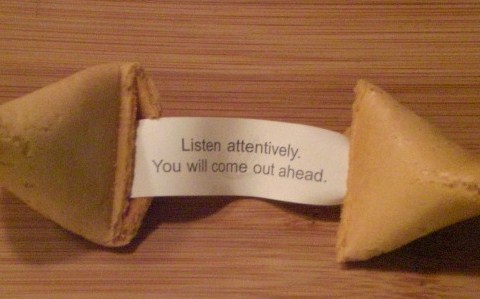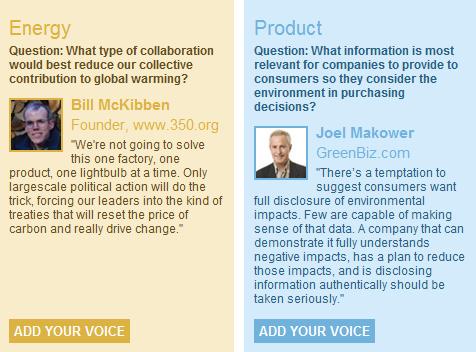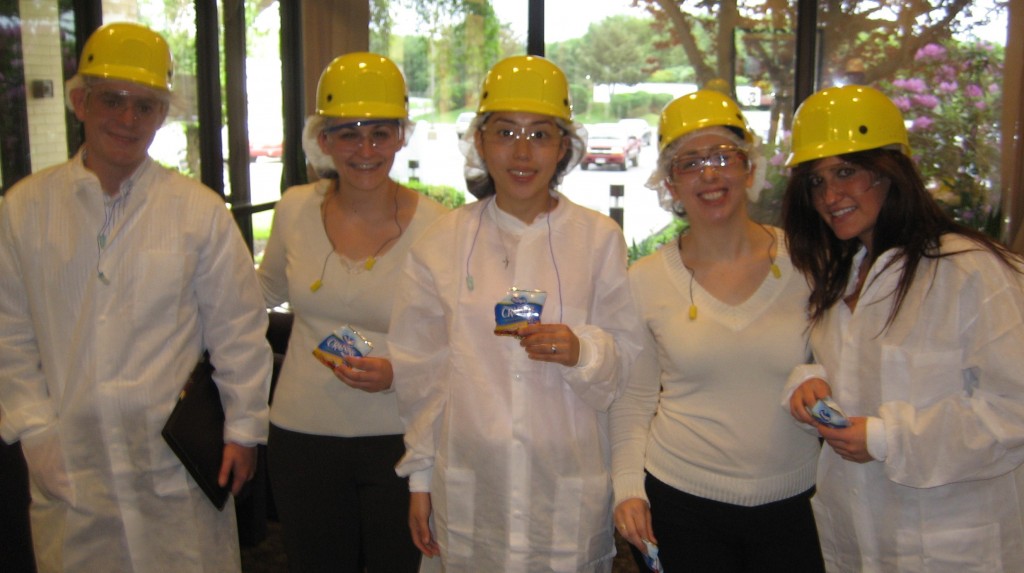The Corporate Citizenship Journey
/ One of the benefits of a conference like this one put on by Boston College’s Center for Corporate Citizenship is the opportunity for CSR professionals to network, share ideas, and learn from one another. In no other session has this experience been more true than in today’s panel: “Corporate Citizenship Journey – What have we learned? What is next?”
The room was packed to hear Chris Coulter, senior vice president, Strategy & Collaboration, GlobeScan; Kevin Moss, head of CSR, BT Americas Inc., and Rick Martella, vice president Corporate Affairs, ARAMARK talk about CSR trends over the last ten years, as well as where the field is headed going forward.
One of the benefits of a conference like this one put on by Boston College’s Center for Corporate Citizenship is the opportunity for CSR professionals to network, share ideas, and learn from one another. In no other session has this experience been more true than in today’s panel: “Corporate Citizenship Journey – What have we learned? What is next?”
The room was packed to hear Chris Coulter, senior vice president, Strategy & Collaboration, GlobeScan; Kevin Moss, head of CSR, BT Americas Inc., and Rick Martella, vice president Corporate Affairs, ARAMARK talk about CSR trends over the last ten years, as well as where the field is headed going forward.
Rick opened the session by asking a couple of big questions:
- How have we performed as an industry?
- How do consumers perceive our work and impact?
- What has our social and environmental impact actually been?
- How are our senior leaders involved in our moving our CSR agenda forward?
Over the course of the session, Kevin and Chris answered these questions and more, in what turned out to be a very spirited exchange between panelists and attendees.
One key takeaway that came up throughout each speaker’s presentation was the issue of the current gap that exists between the work corporate America is doing in CSR and how the public perceives this work.
According to Kevin, this gap exists because in many cases CSR is not integrated into the core business functions and units of a company. When the corporate values are aligned with the company's business model, Kevin said, the result is increased authenticity and by extension, trust on the part of consumers and other stakeholders. But, when companies say one thing and do another, consumers not surprisingly become skeptical.
Chris then stepped in to provide some data behind this claim. His firm Globescan conducts regular research with over 35,000 global CSR professionals, and recently the company completed a 10-year retrospective survey of the industry. The findings from this research confirmed the presence of this “growing expectation/perception gap” that exists in consumers’ minds.
“Over time,” Chris said, “the perceived performance [of corporate America] has declined” – regardless of the fact that Fortune 500 companies have clearly stepped up their game when it comes to actual gains made in sustainability and community involvement.
The answer, the panelists agreed, lies in effective communications.
In effect, the narrative that companies are telling in regards to their CSR programs just isn’t cutting it. In order to win consumers’ trust and loyalty, companies need to make sure their corporate and sustainability communications are aligned and authentic, which will inevitably resonate better with consumers.
Going forward, the panelists seemed to feel confident about the future of CSR, but they were also very cognizant of the fact that we have a lot of work still remaining. Hopefully after 2+ days of learning and sharing, each conference attendee feels better equipped to continue his or her good work back home.
Ashley’s Note: This is the third of three posts I wrote as a featured blogger for The Boston College Center for Corporate Citizenship’s 2010 Annual Conference. Click these links to learn more about the conference, check out the session description, and to read all the blog posts from the event.






![Corporate Giving Event Aug 3 001[1] Corporate Giving Event Aug 3 001[1]](http://static1.squarespace.com/static/56465376e4b0414ab786f594/564a2076e4b0d5d4cd77f47e/564a2077e4b0d5d4cd77f4b0/1447698551661/Corporate-Giving-Event-Aug-3-0011.jpg?format=original)
